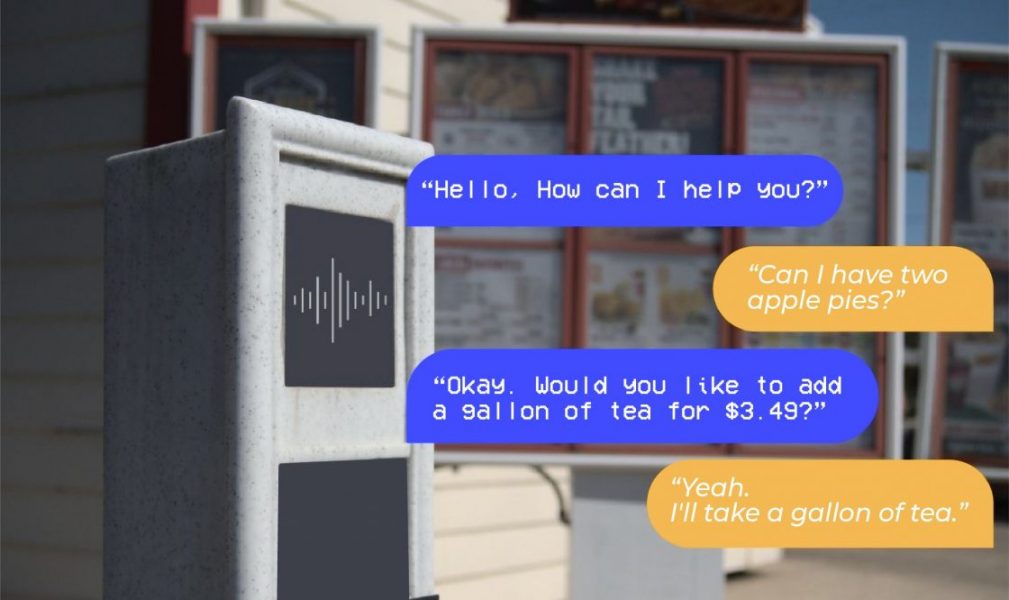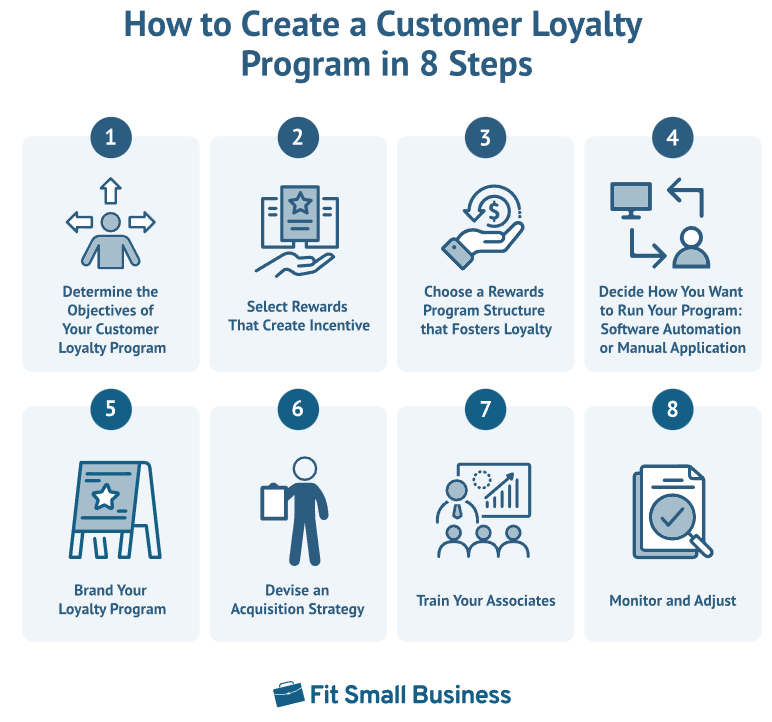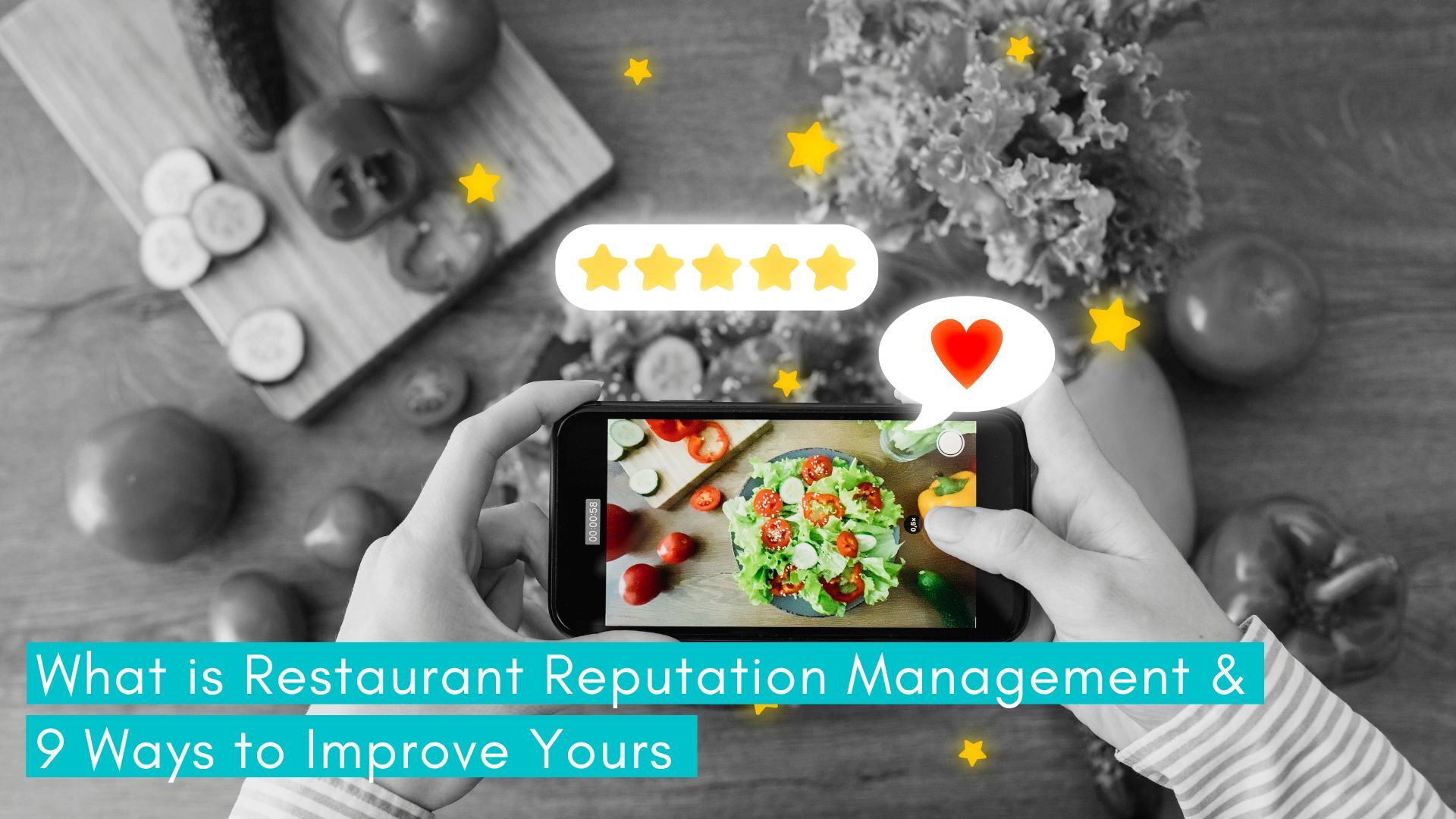A restaurant’s reputation is no longer just a footnote; it’s a defining factor in shaping customer perceptions, loyalty, and revenue.
This has become even more apparent in 2023, when people can share their reviews, thoughts and opinions directly on social media – with some going viral for all the wrong reasons. 84% of people trust online reviews as much as personal recommendations, so aiming for excellence while managing restaurant reputation is absolutely essential.
Ultimately, every click, like, and share can affect public opinion, so it’s no longer about just reacting to occasional feedback; it’s about taking the reins of online narratives and steering them toward positive shores.
We’ve delved into the intricacies of how restaurant reputations affect businesses, while sharing some valuable insights to help you improve your restaurant reputation management going forward.
What is Restaurant Reputation Management and Why is it Important?
Restaurant reputation management involves actively monitoring, influencing, and improving how a restaurant is perceived by customers both online and offline. It usually includes a comprehensive strategy encompassing numerous aspects, from online reviews and social media mentions to customer experiences at the actual store.
It’s important to consider everyone’s perceptions of the business to understand where to improve and grow as a company. If you allow negative feedback or reviews to be left unacknowledged, customers could feel ignored, leading to bad word of mouth and bad perceptions.
How does Restaurant Reputation Management Impact a Restaurant
The impact of restaurant reputation management goes beyond just customer perceptions; it directly influences a restaurant’s operations, revenue, and overall success. In the realm of QSRs, where swift service and customer satisfaction are pivotal, reputation management has a unique significance. Restaurant reputation management greatly impacts a restaurant’s:
Customer Trust and Loyalty
Reputation management fosters trust and loyalty by showcasing a commitment to transparency and quality. A solid online reputation demonstrates customer-centric values and shows consumers that you care enough to impress them, resulting in them returning for that A-star service.
Operational Efficiency
Positive reviews can drive foot traffic and enhance operational efficiency. When customers are assured of a seamless experience, you can focus on optimizing processes without battling reputational setbacks.
To enforce this, consider which aspects of your QSR or restaurant need to be speedy for the customer. For many, this is all about the ordering process and how quick the customer can get their food – after all, that’s why people come to the drive thru, for quick service.
To get ahead of the competition, consider the AI solution Auto which greets your customers and takes their order just like any employee would – except with precision and the ability to upsell on every order. This single investment in Auto guarantees a 24/7 working capacity, which helps to ensure efficiency around the clock. AI is always ready to work consistently, accurately and quickly.
Data-Driven Insights
You can take all feedback, either direct responses or reviews left online, to make informed decisions, optimize operations and improve the customer experience. Data-driven insights are extremely valuable across all departments as it informs you of where you need to improve to become the very best in the industry.
Employee Morale
It’s no surprise that positive customer feedback contributes to a happier workforce. This way, employees won’t have to regularly face upset or complaining guests.

9 Ways to Improve Restaurant Reputation Management
We know that having a solid reputation is the cornerstone of success. Now is the time to enforce actionable strategies to keep customers circling your drive-thru and securing their favorite spot in your memorable restaurant.
1. Monitor Online Reviews in Real-Time
There’s now software that allows you to oversee reviews across numerous platforms (eg. Facebook, Google Business, Yelp), so you can promptly engage with customers, address concerns and thank them for their feedback contributions.
Real-time monitoring helps you to have a swift response, which will impress customers as they can see you’re handling any complaints and prioritizing their needs. If multiple poor reviews go unacknowledged, it could come across as being uninterested or not caring, which isn’t a good look.
2. Consistently Deliver Quality Service
This is the most obvious – deliver excellent service and you’ll avoid critique. Now, while human errors do happen, the food, service, and overall customer experience should be prioritized by the whole team at all times.
When achieved, this consistency builds trust as customers know they can rely on you for a delicious meal that they can pick up and eat quickly before moving on to their next task. It also contributes to positive reviews and word-of-mouth referrals.
If you’re struggling to do this step, implement rigorous training programs for staff, focus on maintaining food quality standards, and do all you can to ensure a quick service delivery – including involving new technology to speed up the process where possible.
Auto’s conversational AI solution seamlessly takes over from your staff to ease workplace pressures and hugely boost efficiency and speed. With Auto, human errors at the ordering stage of the drive thru becomes a thing of the past.
QSR superstars like Checkers and Rally’s have rolled out voice ordering in more than 350 stores, utilizing Hi Auto’s Auto robot to take the orders. With Auto being implemented in over 400 stores in the US, it’s now become a major leader in the voice AI and ordering industry, and it’s in 10x more stores than anyone else.

3. Implement a Guest Feedback System
Collecting direct feedback helps identify areas for improvement and signals to customers that their opinions matter.
To do this, establish an organized system where people can provide their information either at the restaurant or shortly after their experience – then everything will be fresh in their mind and honest.
This could mean adding QR codes on receipts or even tables if you have inside seating. Or ask customers if they’d like to fill out a digital survey or comment card while they’re waiting for their order. Then, analyze the data to pinpoint trends and areas for enhancement.
4. Leverage Social Media
Loathe it or love it, social media plays a huge role in almost everything nowadays. For brands and businesses, it’s an avenue to showcase your brand’s personality, share updates and respond to queries.
Regularly post relevant content, respond to comments and messages promptly and use your social media accounts to highlight positive customer experiences. This could encourage others to try out your QSR.

5. Focus on Employee Training
Well-trained staff create positive interactions that resonate with customers, leading to better reviews. If you’re receiving not-so-great responses from customers, take the time to develop comprehensive training modules that emphasize customer service, effective communication, and even conflict resolutions.
Investing in training programs to enhance employee interactions with customers is an additional cost, but it could be very beneficial if it prevents criticism going forward.
6. Engage with the Local Community
While we’ve addressed a lot of online actions, this one is all about the neighborhood you’re in. Engage with the community and people through events and initiatives as this will draw the locals in and they may be more likely to support your business as a connection has been built.
You could host events, support local causes, and even collaborate with neighboring businesses. If this isn’t possible, engage in community discussions and showcase your commitment to the area and people online. These positive community interactions can lead to word-of-mouth referrals and positive online sentiment.
7. Encourage User-Generated Content
User-Generated Content (UGC) sounds like another marketing buzzword that will die down in a few months time, but that’s not the case. In fact, UGC has the power to catapult your business into the stratosphere if it picks up traction. UGC is content, usually video or still imagery, that is created by customers and posted on social media.
This is really valuable for businesses as it acts as authentic testimonials that can enhance your online reputation. Ask customers to share photos and experiences online or create branded hashtags, photo/video competitions or offer incentives to those who share their dining experience. Creating your own content is also valuable, using strategies like SEO to serve user intent and raise brand awareness. Create blogs on topics of interest and engage new and existing clientele.
8. Set up a Loyalty Program
Everybody loves presenting a loyalty card in exchange for free fries or a coffee and a whopping 86% of consumers are interested in joining a loyalty program if it provides discounts or coupons, so this is a great way to keep customers coming back for more.

Setting up a digitized version shows current customers that you’re looking forward to their future custom and aren’t neglecting them in your marketing efforts. It also has the potential to increase customer lifetime value by as much as 67%.
9. Have a Crisis Management Plan
If the worst happens, you should have a plan in place so you know how to respond to minimize damage and restore business operations as quickly as possible.
In terms of restaurant reputation management, a crisis could be a negative review going viral on social media or even a poor health inspection rating. This could lead to canceled bookings or people avoiding your restaurant or QSR due to the negativity.
In this case, you should establish a ‘crisis management team’ of trusted employees who can help handle the situation. One person should be a nominated spokesperson.
The other vital step is to create an outline on how you’re going to approach and fix some possible situations. Once you know this, you’ll know exactly what to do should that moment arise.
Modernize your QSR with Automation to Improve Reputation
There’s no denying that fulfilling each of these steps will take time and perhaps even be ongoing, but having a boosted brand image will be worth it.
For those who are looking to keep up to date and ahead of the curve, incorporating cutting-edge technology will leave a lasting impression on customers due to the increased speed, efficiency and unique experience.
Technology investment into tools like Auto will also leave you with more time to empower staff in customer service, as the drive thru ordering will be handled for you.
Auto will be your next employee of the month as it can work 24/7 without breaks and it will always maintain consistency and provide that friendly and welcoming service your customers are searching for.
Try Auto for free today.





